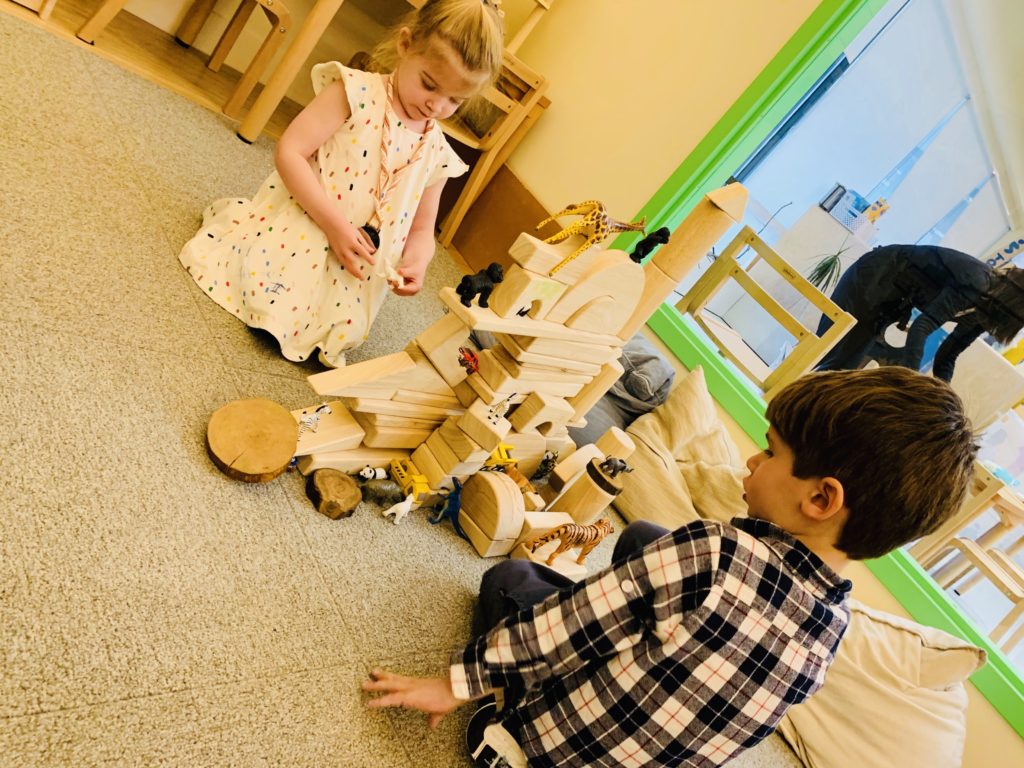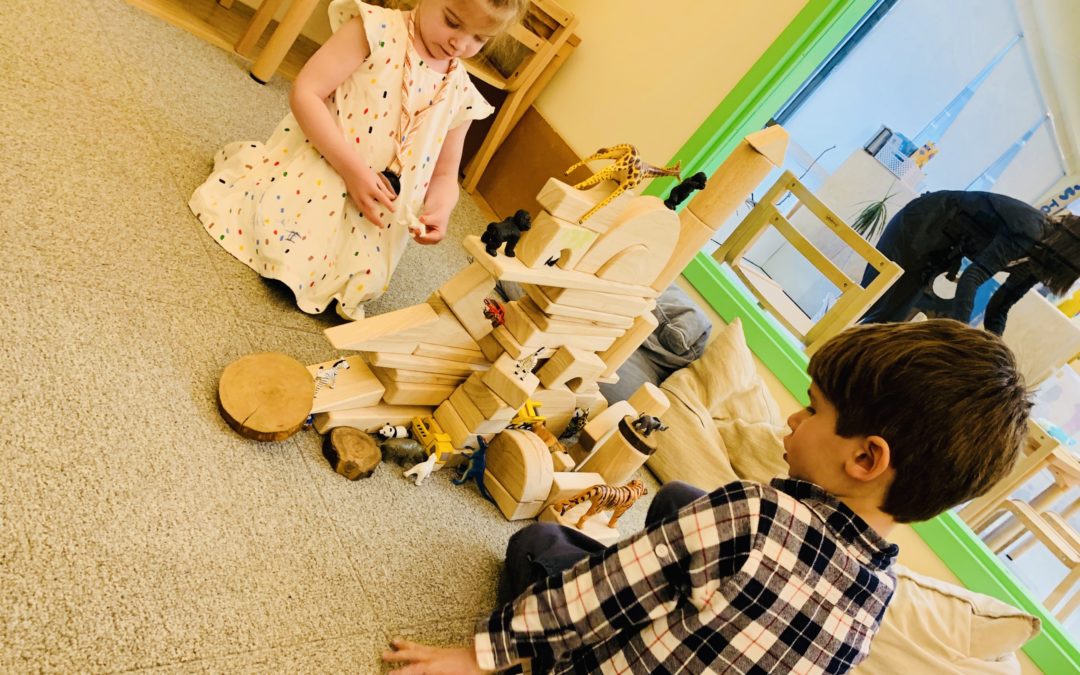This is it. Today, you will begin with that one simple question — a modest collection of mono-syllabic words, words so easy to string together yet chock full of possibility and promise. Not even realizing, you ask it in a gently lilting, sing-song voice — posing the question to your 3-year old son and awaiting his response, wide-eyed and hopeful.
“What would you like to do today?”
Believing you are the most considerate person in the room, convinced that you are open to all the possibilities. There are no wrong answers. Yes, of all the open-ended questions, this is the one. You are “following your child” and ready to respond to any of his “one hundred languages.” You have been reading about child-centered education, the importance of nurturing his imagination and cultivating wonder. Today, you deliberately tap into his innate curiosity to let him lead the way.
You ask again, “Today we can do anything, what would you like to do?”
Another pause and then a shrug, “I dunno.”
How Constraints Can Spark Creativty
Forbes recently published an article by David Sturt, entitled Creativity: How Constraints Drive Genius. He addresses ideas fundamental to this exact situation. In his article, Sturt writes, “we began culling through data collected from our study of award-winning work from 1.7 million people. Basically, we found that people who create new value on the job are often inspired by their constraints… Constraints, in fact, are so crucial to creativity…” Similarly, MIT Sloan Management Review published an article by Liisa Välikangas and Michael Gibbert, Boundary-Setting Strategies for Escaping Innovation Traps. Here, the duo discusses the vital relationship between boundaries and creativity. Writing specifically to innovative business strategies, they note, “In an environment without boundaries, it is difficult to orient or anchor one’s thinking… smartly placed, legitimizing constraints actually act as enablers of innovation…”
Yes, and without question, creativity and innovation of any kind require boundaries.
Now consider this concept in the context of early childhood education — it is also within healthy and proactively marked constraints that we create a platform for joyful and imaginative learning. Boundaries do not inhibit growth; they provide the gravity that makes forward motion possible. In fact, for some children, a broadly open question like, “how do you want to spend your day,” can be an enormous and even insurmountable question. And instead of dreaming up activities and creating ideas out of thin air, little ones (and even many adults) draw from a bank of familiar and repeatable activities — eating the same meals or watching the same new-favorite movie on repeat.
Stimulating Development and Growth Through the Montessori Classroom
An interesting way to proactively establish boundaries while cultivating independence and curiosity is preparing a child-centered environment. The prepared learning environment is typical to a Montessori classroom. It is not simply using child-size furniture, though that is a part of it. Educators carefully curate learning environments with activities, books, and educational materials that are readily accessible. Shelves are well-balanced with materials that rotate seasonally, monthly, or even weekly. The goal is to draw attention to the new materials while providing opportunities for children to revisit familiar activities. In other words, only a fraction of the classroom’s learning resources are made available to the child; the remaining pieces are stored away and out of sight. The prepared environment is free of clutter while keeping activities new and interesting yet familiar.
Gently cultivated routines also establish boundaries and expectations as well as the comfort that comes with predictability. At the beginning of every day, children engage in a Morning Meeting to review the schedule of the day. Schedules are written and posted in large letters and featured in a part of the room where students could revisit at any time. The goal is to support independence by proactively providing the boundaries of time and expectations while reinforcing routines.
In a typical Montessori classroom, educators use schedules and routines to cultivate independence in their young learners. A classroom visitor might see a pair of 3-year-olds independently making, eating, and cleaning up their morning snack. The observer might also see a 4-year-old pouring water from a child-size glass pitcher into beautifully stained cups; sweeping the table with a hand broom; or walking a finished wooden puzzle across the room to carefully put it away. In this child-centered learning environment, children express love for their environment by caring for it. They treat their surroundings, their community, and themselves with respect. In this case, it is also respectful for adults to teach children how to pick up after themselves — let them practice pouring water, sweep the floor, wipe a table. Let them practice caring for their environment. Chores are not a chore and certainly not a punishment. They are an expression of respect, gratitude, independence, and kindness.
Imagine now engaging this principal at home. American Montessori Society posted a practical and brief guide: Montessori at Home. The guide primarily operates on the foundation of freeing your child’s environment from clutter, welcoming your child’s help in the kitchen and in daily chores, and previewing routines. And, remembering that seemingly simple activities provide the opportunity for creative exploration and imaginative questions. The creativity is not always in the activity itself but how you approach it.
For additional ideas for cultivating a Montessori environment at home, visit:

At SolBe, our young friends build with purpose, reflect on their learning and work together to put materials away. These steps create a learning environment that supports observation, intention, and respect. Photo Credit: Talia Salom


